Designed by Corey Konieczka.
You’re one of the last humans on earth, desperately trying to combat the evil Cylons. Or…. maybe you’re not! Maybe, instead, you’re a filthy toaster, in which case you need to start shoving humans in the airlock before they realize you’re evil and do the same to you.
Battlestar Galactica is a cooperative game, where you play one of the heroes of the recent reboot of the series, and on the way you need to deal with external attacks, food shortages, and political chaos. And one of the people at the table MAY be a traitor.
Interesting Mechanic: The Twist. Or maybe there are two traitors? Halfway through the game, players are dealt another card. Maybe it turns out you WERE a cylon all along. This twist keeps players questioning everyone, even their own actions (“how do I keep acting like I was acting but start meeting my new objectives?”).
Battlestar Galactica is a great game that goes on too long. Sessions are frequently 3 hours long, which is a little rough when game feasibility of a session is somewhat random. However, fans of the showwill love it. It truly captures the essence and paranoia that made the show great. Just don’t play with the New Caprica module that comes with the Pegasus expansion. That was just awful.
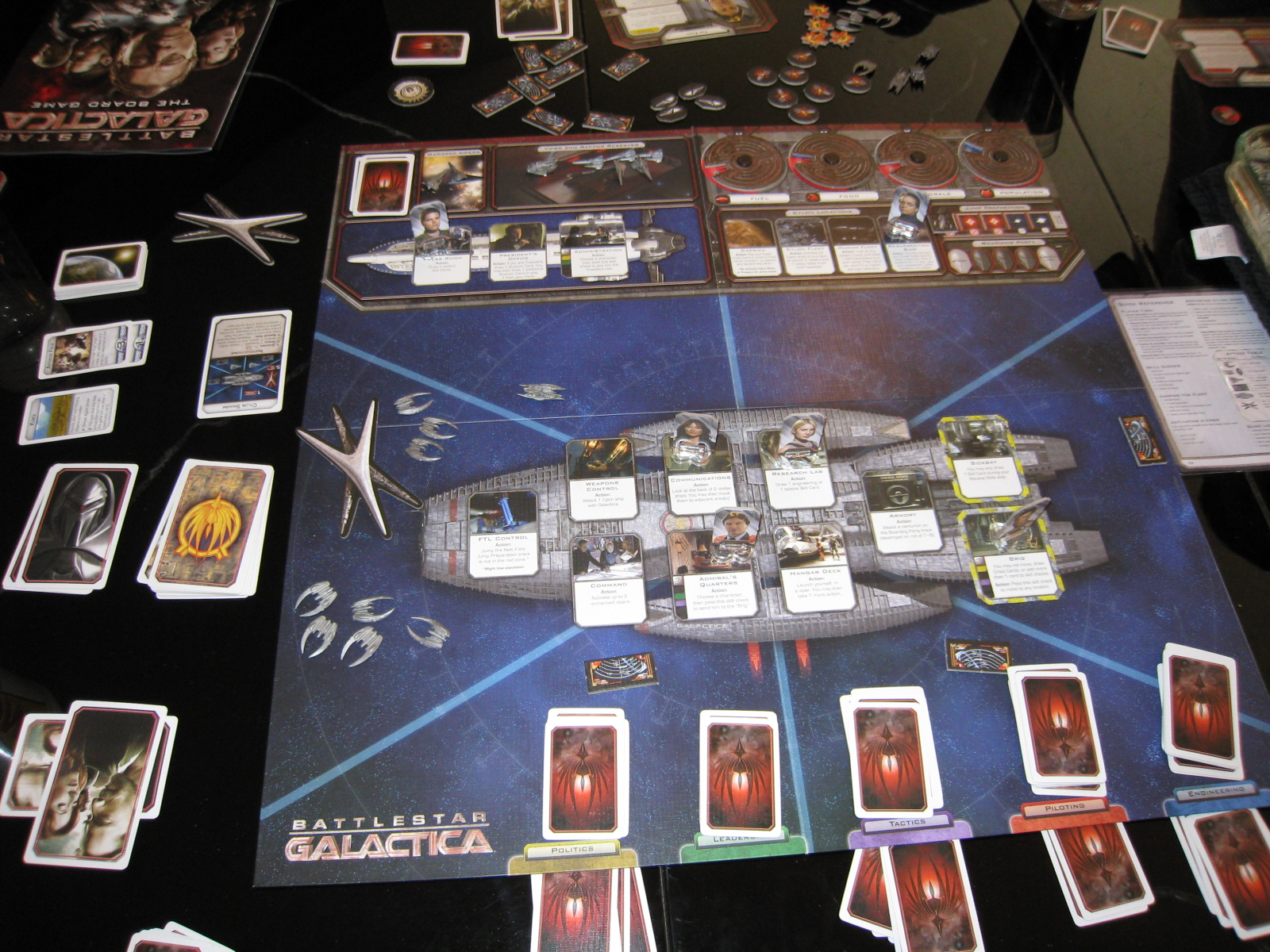
(Photo Credit: Living Dice)
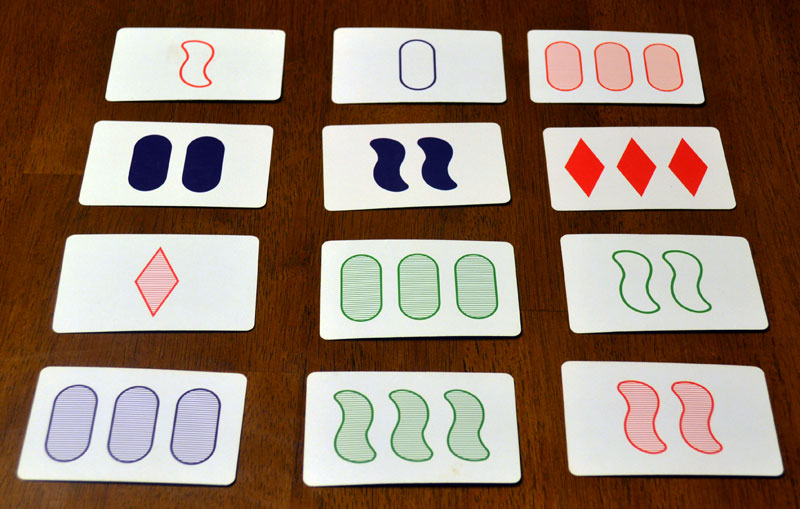


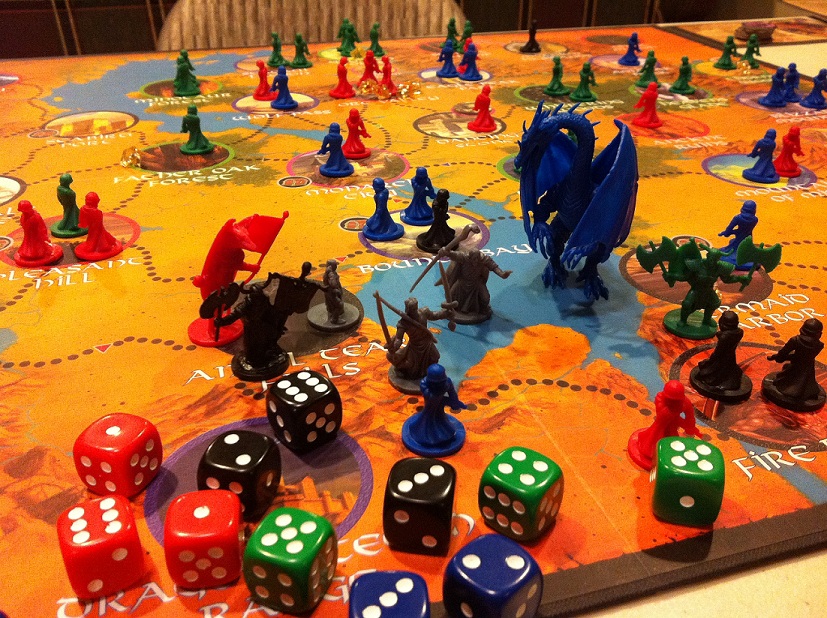
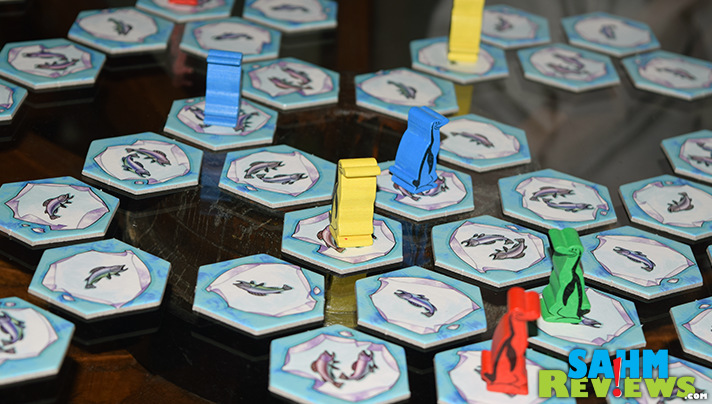
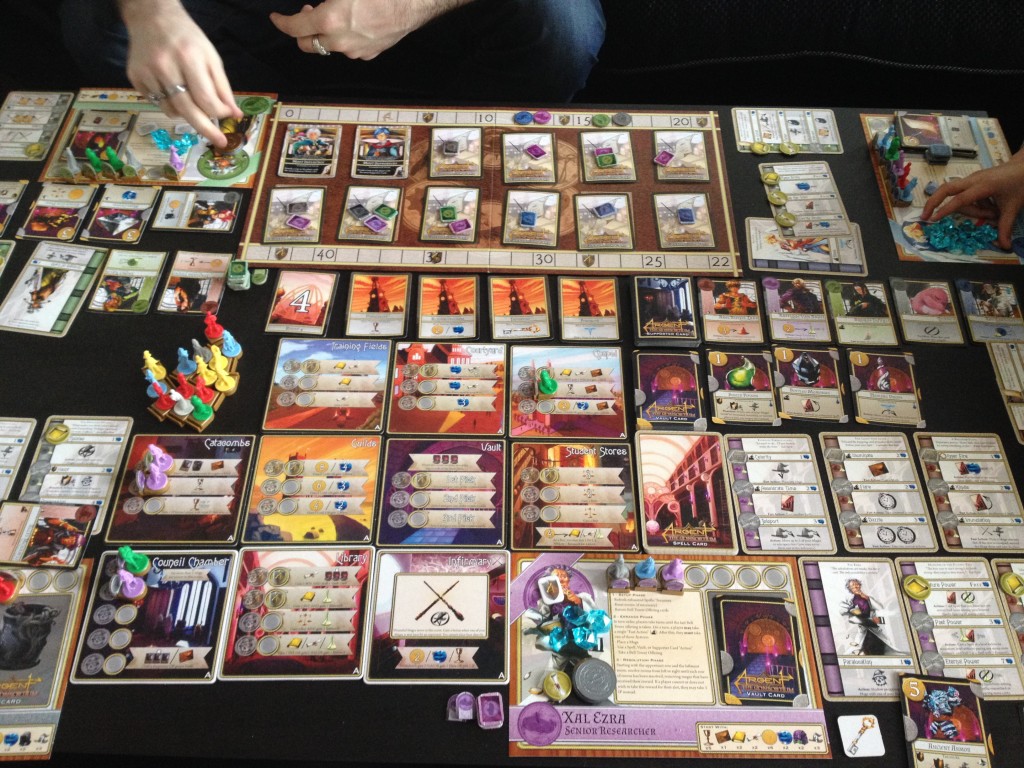
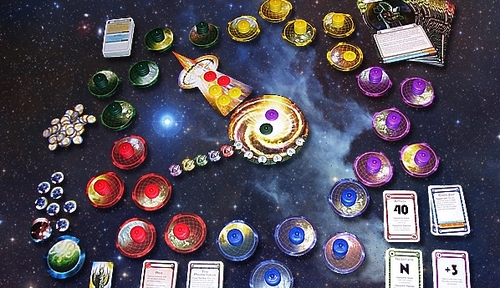
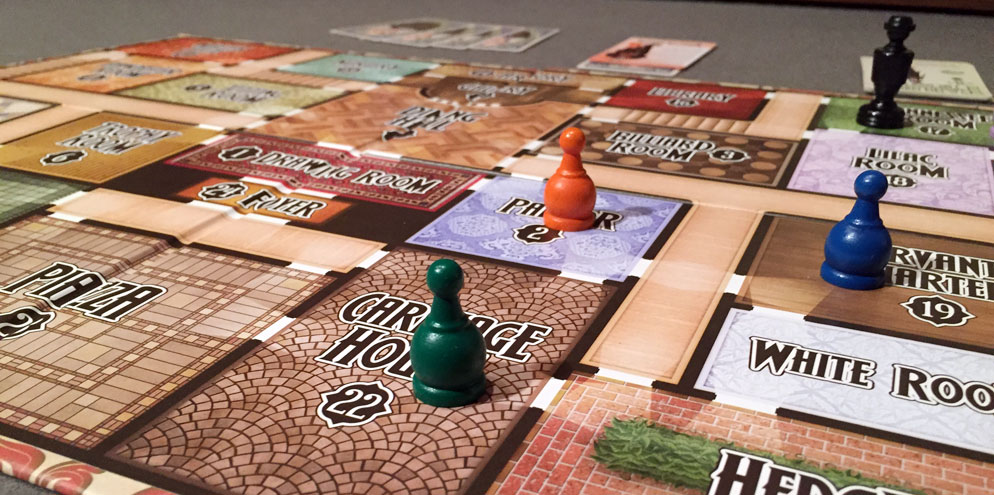

Recent Comments